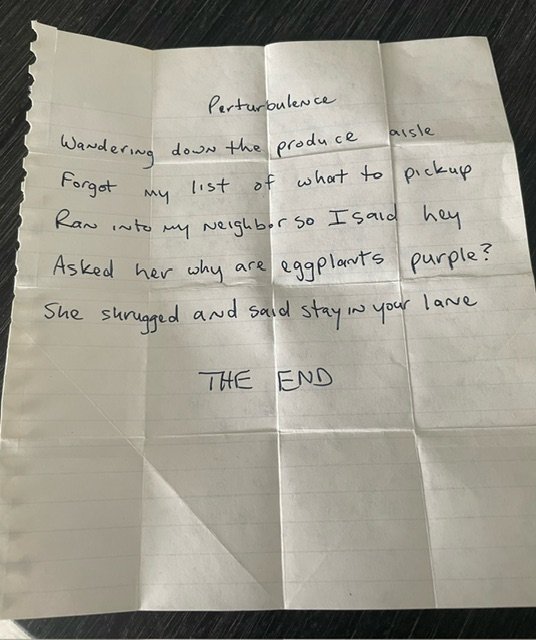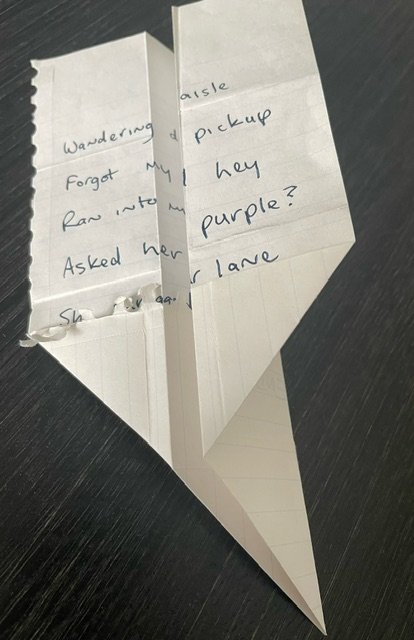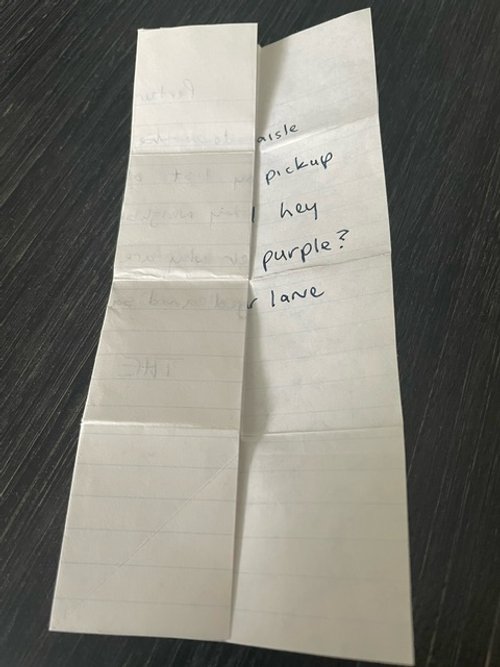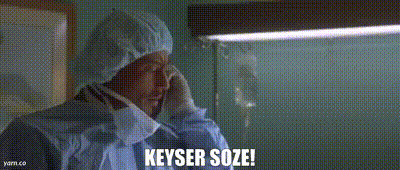Mailbag #112: Hot
/On the cafe at the moment there’s a bit of debate about the trick Hot by Alexander Marsh.
[Hot is a trick where you are able to know, without looking, the results of a spectator’s coin flip. It uses a “decision-making coin” rather than a normal coin.]
I like the effect, but I’m not sure if I should buy it for the routine and then just use gimmicked normal coins rather than the gimmicked decision making coins. WWJD? What would Jerx do?—RJA
I completely understand the desire to do this with “normal” coins. For twenty years, at least, I was a big believer in the idea that magic should use “everyday objects.” I still believe that in most cases. Unless the strange object that you’re using is, in fact, the focal point of the story you’re telling. (See my discussion on the Nickels to Dimes gimmick).
Most magicians are telling the same story with every trick: “I have a special power.” And if that’s the story you’re telling, then yes, you’ll probably want to use normal coins.
The benefits to using normal coins for this are obvious. (To be cleaer, I say “normal” but you will need to switch in and out gimmicked coins, if I’m understanding how the trick works correctly. I just mean “normal” in the sense of a coin the spectator is familiar with.)
But there are drawbacks to normal coins for this trick as well:
First, If you leave a quarter on the table, it’s not going to inspire anyone to ask about it. Whereas, if this coin is sitting out, there’s a likelihood they might pick it up, look at it, comment on it, etc. Which is a nice, natural transition into the trick.
Second, from the social magician’s perspective… okay, so I show you a trick one day where you flip a “normal” coin, and I’m able to tell you how it landed.
Now, what happens the next day, or a month from now, when you pull out your own quarter and say, “Hey, let’s try that again”? If you’re a professional, or you won’t see that person ever again for some reason, this isn’t a concern. But if you’re a casual performer, then your ability to know the result of a coin toss actually is something that’s likely to come up in the future. And if you have to run off to get your own “normal” quarter to demonstrate it, then that’s actually going to be far more suspicious than using this coin, I would think.
Third, story-wise, this coin offers a lot more than just doing it with a normal coin. Where did the coin come from? What’s the history behind it? How did it end up with you? If you can make the coin feel like a unique object, that’s going to help disguise the method.
And instead of the story being, “This is something I can do with any coin.” It becomes, “Yes, this is an unusual coin… more unusual than you know.”
Maybe the story is that you’ve been using this coin since your uncle gave it to you as a kid, and that’s why you have this connection to it.
Or maybe it’s this “really convenient” decision-making coin. “I don’t know how it works. But you don’t even need to carry it with you throughout the day. Somehow, if you just concentrate, you’re able to know how it would land if it had been flipped. I’ll show you….”
Or maybe you tell this story…
You ask your friend to help plan an imaginary evening for you, using this decision-making coin. “Should I follow my head and do my taxes? Or should I follow my heart and read my collection of Juggs magazine?”
They flip the coin but don’t tell you the results.
“Okay, should I follow my head and have a healthy grilled chicken breast for dinner? Or follow my heart and order a large pizza?” They again flip the coin but don’t tell you how it landed.
“And finally, should I kill myself tonight by drinking bleach? Yes or no?”
For a final time, they flip the coin.
You ask what the coin said you should do tonight. Read Juggs, eat pizza, and kill yourself.
“Here’s the thing,” you say, “this isn’t really a decision-making coin. It’s better. The guy at the curiosities shop who sold it to me explained how it works. Sort of. It doesn’t make a decision for you. It somehow… knows what you already want. So if you’re not sure what you really want, it will tell you. And if you are sure, you can justify your decisions with the coin by seemingly ‘leaving it up to fate.’”
You get up from the couch and start walking to the kitchen and wave your friend along to follow you.
“The truth is,” you say, “I already knew what my plans for tonight would be ages ago.”
In the kitchen now, they see the table is covered with porno mags, pizza boxes and a wine glass full of bleach.
So, while I can’t speak to the strength of the method or the handling used, I can say that I wouldn’t be turned off by the decision-making coin aspect of the trick. I’d probably be more likely to do the trick with such a coin rather than a normal quarter.
Keep in mind that while it isn’t a “normal coin” it’s also not a completely made-up thing for a trick. Decision-making coins do exist. You can buy them on Amazon. I’m sure most people have heard of them, and if they haven’t, it takes about three seconds to explain what they are.
I’d be remiss if I didn’t mention my favorite use of this type of prop which uses my friend Stasia’s unique decision-making coin, which has a YES but no NO. More details can be found here.























